How simple things used to be in Switzerland. Everyone was either Catholic or Reformed. Everyone paid church taxes. Almost everyone attended church services. Up until the 1970s. And today? Only six out of ten inhabitants are still Catholic or Reformed. The free churches have increased in popularity. Every twentieth person professes Islam. And those with no religious affiliation, who have turned their backs on the once powerful national churches – especially the Reformed Church – now account for 25 % of the population.
Things are particularly tough for the parishes in the large, traditionally Reformed cities. In the city of Bern, for example, the number of Reformed Church members has shrunk by over a third in the last 30 years alone, from around 84,000 to just under 52,000. But the churches and other church properties are still the same size. Maintenance costs are as high as ever. In Bern, the Reformed Church has long since sounded the alarm: if nothing changes, it was said five years ago, the equity capital would be used up within a very short time and the church would be declared bankrupt.
Since then the talk has been about how the church should cut its coat according to its cloth. The solution proposed is that it should invest in people rather than in walls – in other words, spend money on establishing a church community that impresses people through its work rather than preserving impressive but barely used buildings. The first step is obvious: the 12 parishes in Bern are tasked with halving their building expenses.
Surrender the church?
But churches, parish houses and rectories cannot be replaced as easily as clothes. Especially not the churches. Beatrice Tobler and Franziska Huber, the president and vice-president of the Paulus parish, know this only too well. One of them is a lawyer, the other a theologian. The Paulus Church, which was consecrated in 1905, is not just any place of worship. It is regarded as one of the most important Art Nouveau churches in Switzerland. “We are sitting in a national monument with a high conservation value,” says Beatrice Tobler, “this church is a complete work of art”. Nevertheless, there is a proposal to give up the church and move the parishioners to another church in the city. Give up this church? “No”, the two women say in unison. Church life also needs “large and dignified rooms”. They have other ideas. They are looking for a forward strategy.
Johannes Stückelberger’s workplace is not far from the Paulus Church. The art historian is a lecturer at the Faculty of Theology of the University of Bern and is regarded as the expert for all things regarding the conversion of churches. He is the one who established the Swiss Church Construction Day, which arouses great interest. Strictly speaking, it was originally a Church Dismantling Day, since the first conferences in 2015 and 2017 focused on the question of how churches can be converted. Even the third meeting in 2019 will not be able to avoid the question. “This is an issue that is currently topical in Switzerland,” says Stückelberger.
“A strongly increasing trend”
But it hasn’t been for long, it must be said. In countries such as the Netherlands, Germany and Great Britain it has been virulent for decades. In Switzerland, the trend to convert was initially curbed by the complex financing of the national churches, which was interlocked with the state. Nevertheless, in the last 25 years alone around 200 churches, chapels and monasteries have been used for other purposes. This is shown in Stückelberger’s database. But not every conversion project is made public. The expert therefore assumes that in the meantime “many more buildings are involved and there is a strongly increasing trend”.
So, what are good ideas for dealing with surplus churches and what are bad ones? Demolition, sale, renting out and extended use: according to Stückelberger, these are the possibilities at the moment. So far, the demolition of Catholic or Reformed churches remains an exception though. Buildings from the post-war era that are in need of renovation and not yet listed as historical monuments are candidates for demolition. One such exception is St. Mark’s Church in Basel. In the near future, demolition work will commence.
On the other hand, a considerable number of the 200 places of worship recorded in the database, about 70, have been sold. These include a noticeably large number of Methodist and New Apostolic chapels. If such a chapel is transformed into a residential building or a concert hall, it does not spark a major debate, since it does not greatly change the neighbourhood. If, however, a very large church is under consideration, things are different and can also go badly wrong. This is what happened to the St. Leonhard Church in St. Gallen, an urban landmark. It has been closed for 13 years and is a bone of contention.
Addressing the non-religious
The remaining churches were either rented out or given extended use. Stückelberger’s recommendations also clearly point in this direction. It is an advantage if a parish remains in possession of its church and thus stays involved, he says. If it is possible to make it available to outsiders this sends a “strong signal” for the development of the church as an institution, showing that activities that not only benefit the church population are taking place under its roof. According to Stückelberger, “Churches must open themselves up to a non-religious society and show that they are not giving up on themselves”.
He sees the Maihof Church in Lucerne as a prime example of this. It was also in need of renovation. However, the parish decided to combine pastoral care and neighbourhood work. The church space is now a multifunctional hall. According to Stückelberg, such spaces do not aim at winning back believers and thus taxpayers: “It has to do with the overall social mission of the churches”.
Multifunctionality seems to be the keyword. And when Beatrice Tobler and Franziska Huber talk about the future of the Paulus Church in Bern, they also envision multifunctional premises. On the one hand, they would like to give up their unfortunately somewhat remote but very busy parish hall and build a versatile “house for the neighbourhood” directly next to the church. This would concentrate parish life locally. They are also pursuing a forward strategy for the church building itself: If the church were to be used by several partners – “while sharing all costs”, as the specification reads – then the continued operation would be an option. However, Beatrice Tobler doubts whether a profitable use would be possible in the case of the church, as it presumably would be in the case of the neighbourhood house outlined above, thanks in part to rented apartments.
The nave as a lecture hall?
Despite the doubts and difficulties, there are ideas. One of them concerns the expanding university in Switzerland’s capital. It is in need of large rooms. “This could be an opportunity,” says Beatrice Tobler. “We would have a reliable tenant. It would be more than just a drop in the bucket.” The question is whether the medical faculty could use the nave as a lecture hall. Franziska Huber does not consider this a problem. On the contrary, it would close the circle. She says education is “ultra reformed” and to some extent part of the reformed heritage. In addition, the first universities emerged from ecclesiastical institutions, from monastic and cathedral schools.
But objections have already been made. For example, would it be reasonable for students of other faiths to study in a Christian church? Theologian Huber shakes her head over this question. Reformed church spaces are theoretically, unlike Catholic church spaces, only considered sacred spaces when a congregation holds church services in them. And the lawyer Tobler says: “Students are grown up and can deal with it.” The case would be quite different if non-Christian schoolchildren were to be taught in a church.
She sees the biggest obstacles elsewhere: the church interior is not designed to be heated continuously – especially the organ, which is highly sensitive to the indoor climate. And the pews are unsuitable for lecture hall seating arrangements. But here too, the optimism of the two women is evident. They believe these problems can be solved. The department of monument preservation is open to concrete projects. “Abandoning the church and letting it decay is not in their interest either,” says Tobler.
These words could come from Johannes Stückelberger. He says that much more is possible than is generally assumed regarding church conversions. There are churches, for example in Olten or Schaffhausen, in which offices and a kitchen were installed and the parish hall given up. Of course, there is always a balancing of priorities, “but one must not forget to add the symbolic value of a church building to the equation”. A church has potential and is a “spiritual asset”. Making the church brand visible in public works much better with a church than with a parish hall. He therefore advises church representatives to seek dialogue with the public more often: “They must make it an issue that is talked about and show what is possible in their premises”.
These could in turn be the words of Franziska Huber. It runs counter to her image of the church when churches seek self-preservation on their own account, she says. She speaks of a break with tradition, which has taken place in many areas: “There are many children who are no longer religiously socialised.” Now it is important to prevent the connection from breaking, she says. Churches opening their doors to everyone would be a logical step. “If a person comes to us, eats with us or worships with us, it doesn’t matter what their motives are.”
The church as a structural manifestion
Church spaces for everyone, although “everyone” no longer means the same as it used to – that no longer sounds like “only Reformed” or “only Catholic”. Rather, it sounds like interreligious “open churches” or so-called city churches, which already exist in several Swiss cities. And this is reminiscent of what Jean-Daniel Gross, a curator of historical monuments in Bern, noted on the first Church Construction Day: Churches should not be understood exclusively as symbols of the Christian religion. They are – in a very broad sense and independent of religious feelings – places of identification. They must be seen as “structural manifestations of a centre of whatever kind in our society”, he said. “Deep in our subconscious minds, we consider them to be guarantors of social, cultural and spiritual stability.”
Swiss churches that are no longer traditional churches (only in German).
Dölf Barben is an editor with the newspaper “Der Bund” in Bern.
Exemplary solution: Maihof Church Lucerne
The Catholic Church of St. Joseph in Lucerne’s Maihof neighbourhood, which was built in 1941, has undergone a unique renovation. Instead of renovating the parish centre as usual, the church leadership decided to adapt the building to the needs of the residents of the neighbourhood and the city. In the church, whose pews have been removed, it is now possible to hold meetings, exhibitions, concerts, seminars and banquets in addition to church services. A kindergarten and a playgroup occupy the basement.
A radical decision: St. Mark’s Church Basel
Since 2009, no church services have been held in the Protestant-Reformed St. Mark’s Church in Basel’s Hirzbrunnen district, which was built in 1932. The parish in question chose the most radical of all possibilities and will demolish the church in 2019. This will also lead to the disappearance of the slender, free-standing bell-tower with a weathercock designed by the renowned graphic artist Celestino Piatti (1922–2007). Apartments are to be built on the grounds instead.
Poor outcome: Leonhard Church St. Gallen
The renovation of the Reformed Church of St. Leonhard in St. Gallen, which was built in 1887, would have cost 4.5 million Swiss francs. This was too expensive for the parish. The demolition of the protected building, whose land was used profitably, was out of the question. The church was finally sold to an architect for 45,000 Swiss francs. He wanted to turn it into a cultural centre with restaurants, concerts, theatres, film screenings and fashion shows. None of this has happened so far.
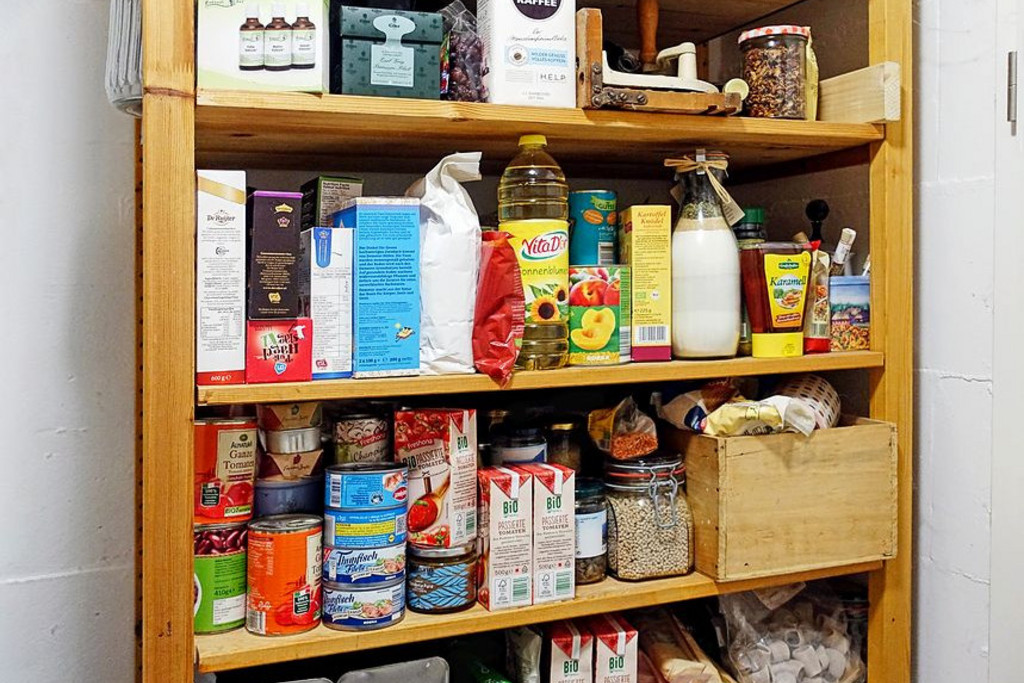

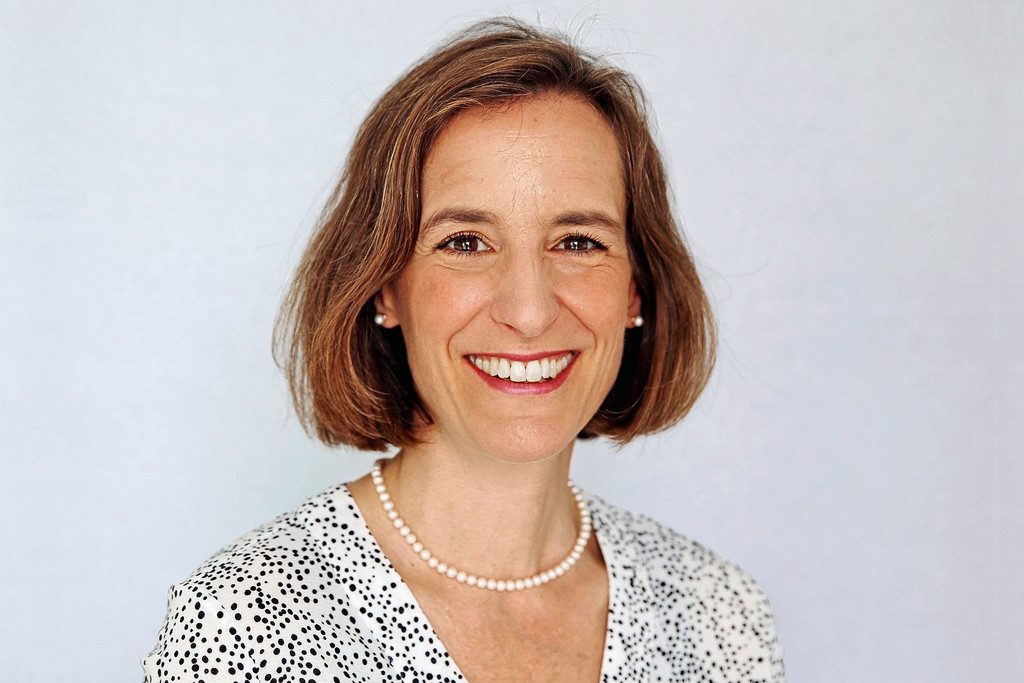



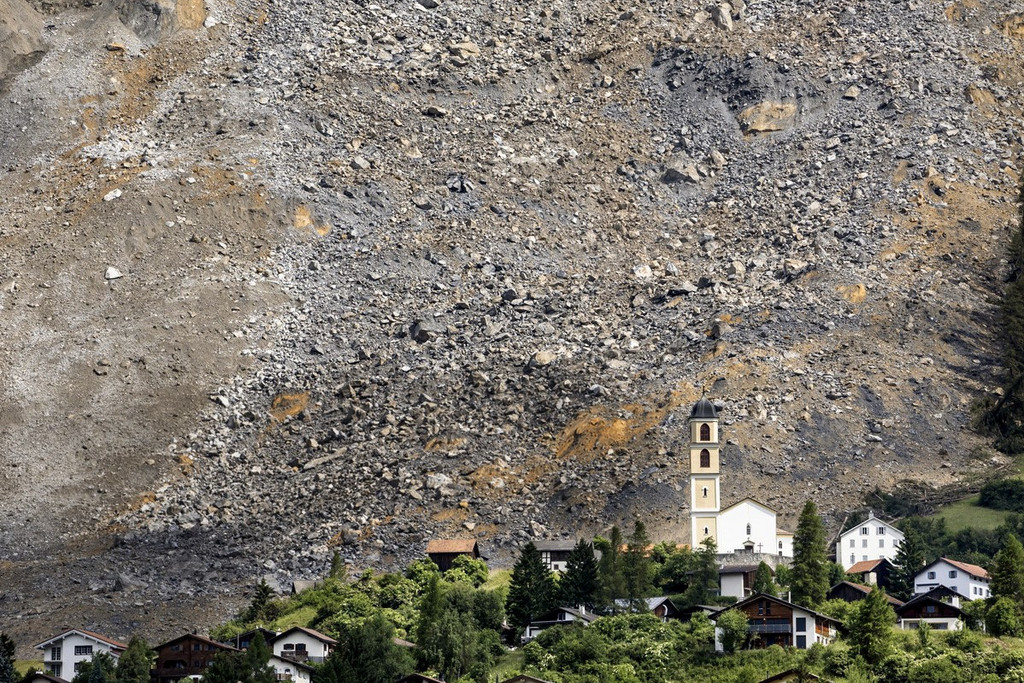




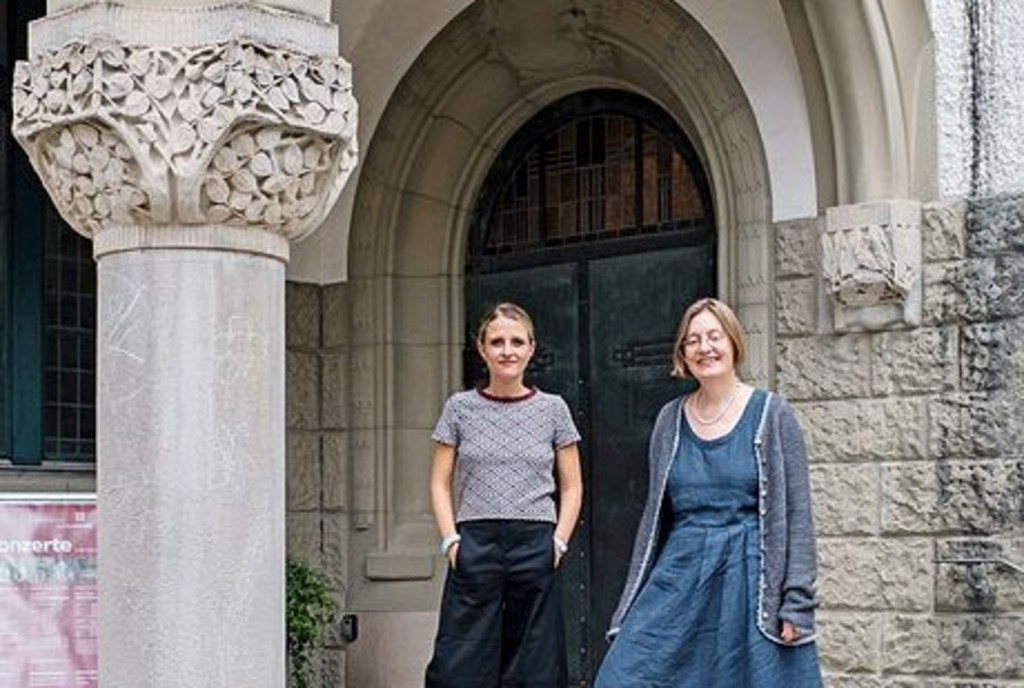
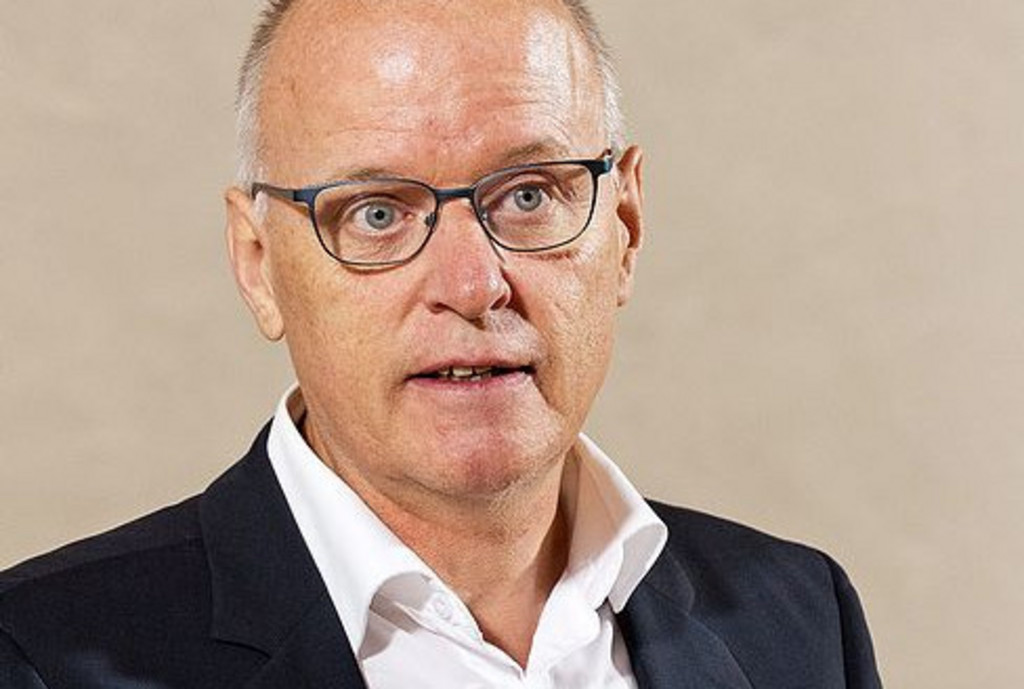
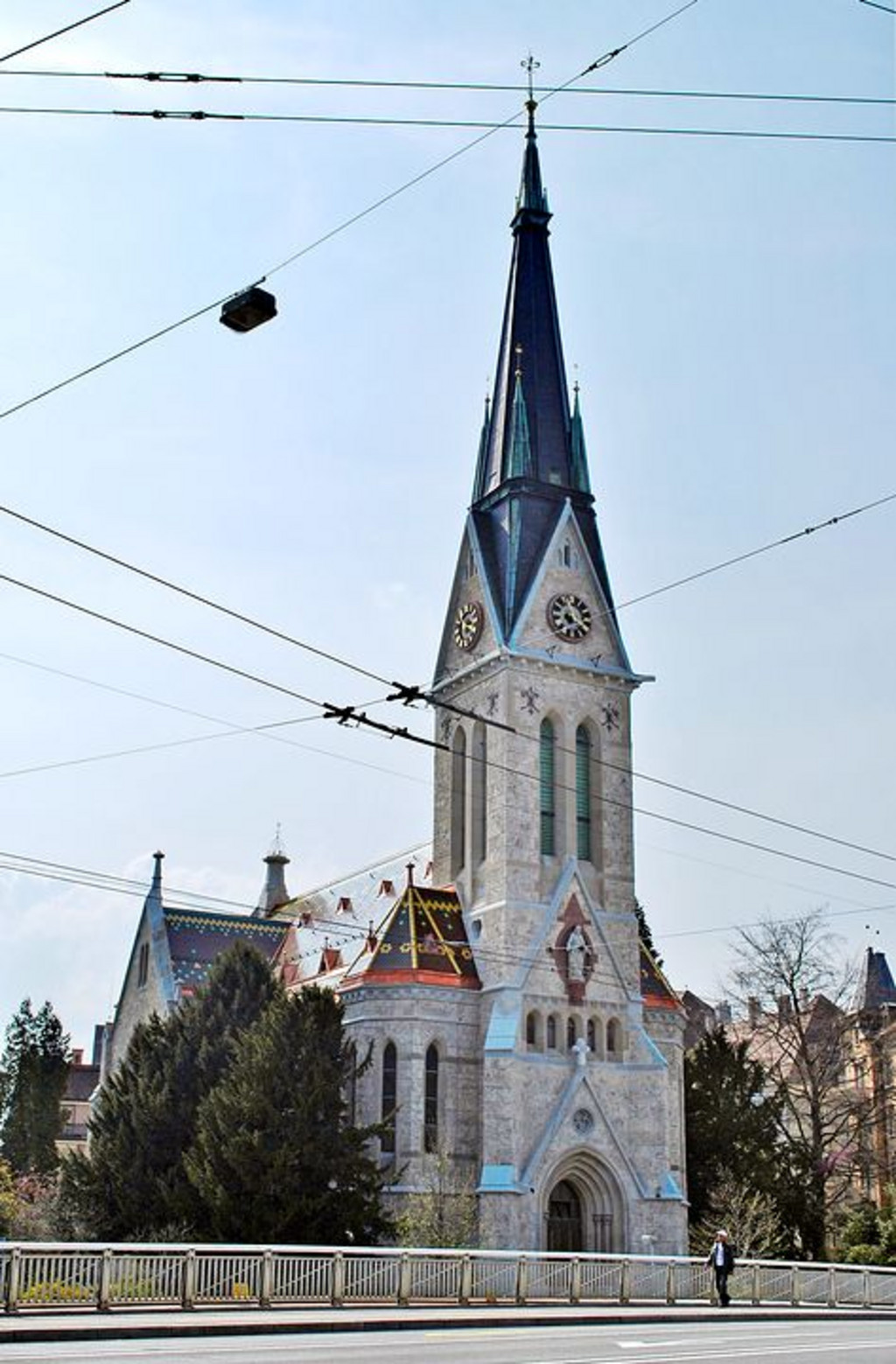
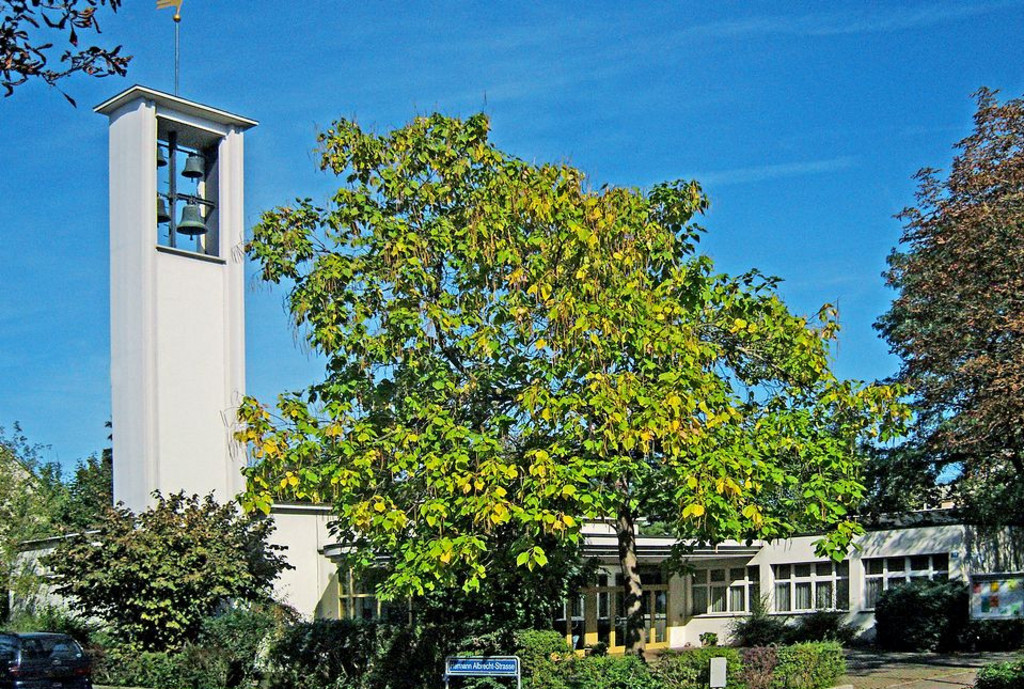
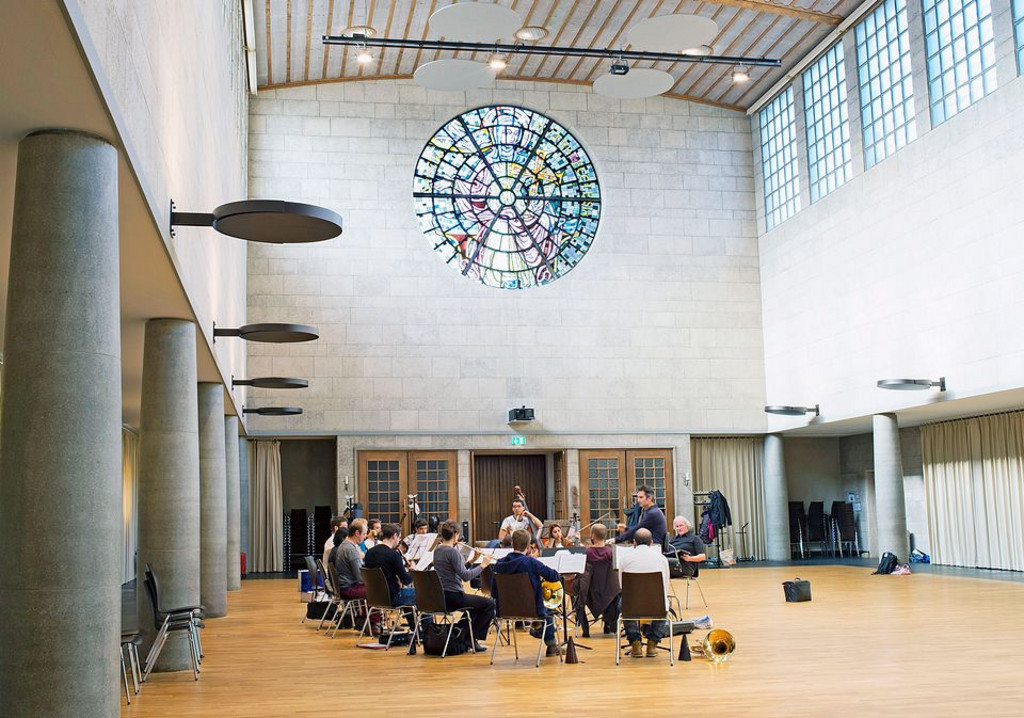
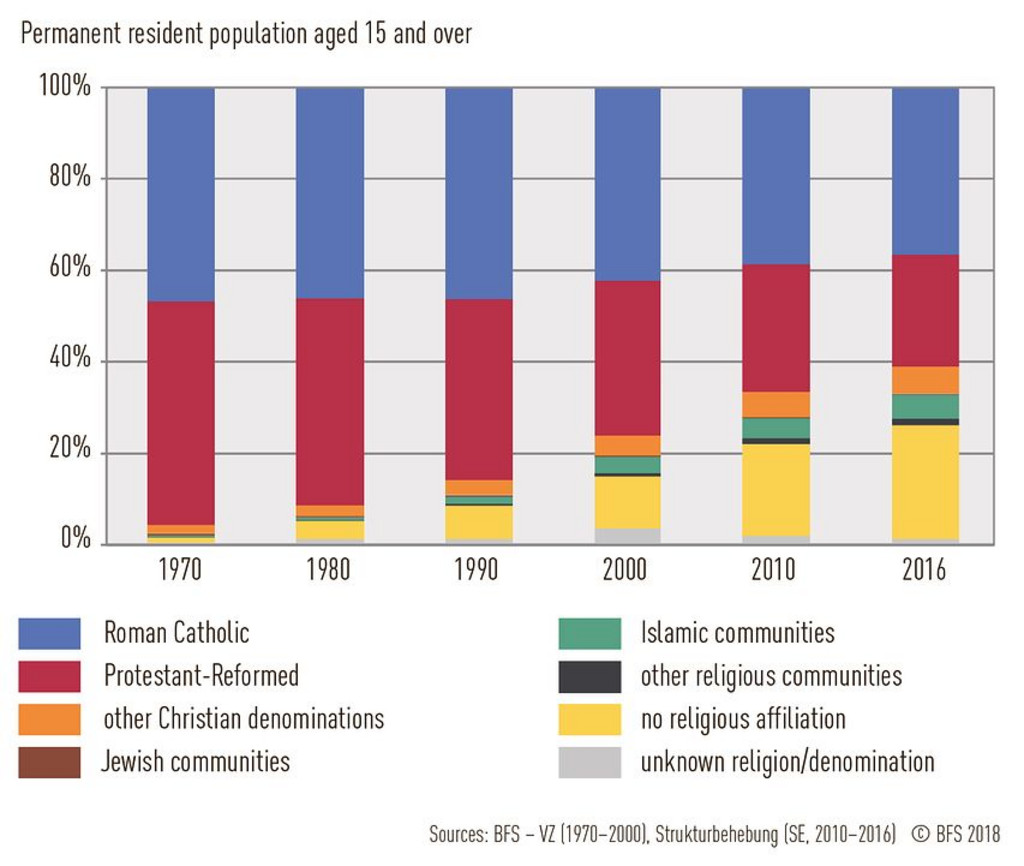
Comments
Comments :
Frankreich hat ja das Problem sehr früh erkannt. Die Kirchen vor 1905 gehören ja dem Staat und den Schlüssel hat der Bürgermeister. Nachdem einige Kirchen im Süden seitens der röm.kath Kirche nicht mehr benötigt wurden, hat man diese den Muslimen übergeben. Diese haben die Übernahme dann medial unterstützt mit viel Pomp und Trara aber als Sieg über die Apostasie gefeiert.
indeed that is what you can take with you: so I judge a church by that. For me Gelineau's setting of
King David's Psalm 8 is rapturous.
Arriving in Malta @ the turn of the Millenium & walking up to Queen Adelaide's Cathedral of St Paul, I beheld a very large sign outside which read “Visiting Choristers please report to the Vestry” which I did, to find eighteen Tenors; seventeen were better than me & the Master of Choristers was the Professor of Music @ the University. The best example of how to save a church.
J'ai vu a Dehli un temple qui servaiit a quatres différentes réligions.
It is shrinking because people are too busy in our indulgent society to be religious or they don't find that Christianity is open and relevant enough to meet their needs.
Jesus Christus ist der Herr über alles...
Vergessen Sie dies bitte nie....
Alles kommt von Ihm
Wir sind zu selbstherrlich geworden und leben wie
zu Noah's Zeit
Max Luethi, Spotswood NJ, USA
Mais l'activite communautaire est souvent plus importante que le benefice
Dans un esprit d'ouverture inter-religions, les églises pourraient être adaptées non seulement au culte musulman qui représente un vingtième de la population, mais aussi bien entendu à d'autres religions qui en feraient la demande.
Nous sommes chrétiens et nous ne pouvons admettre pareil sacrilège.